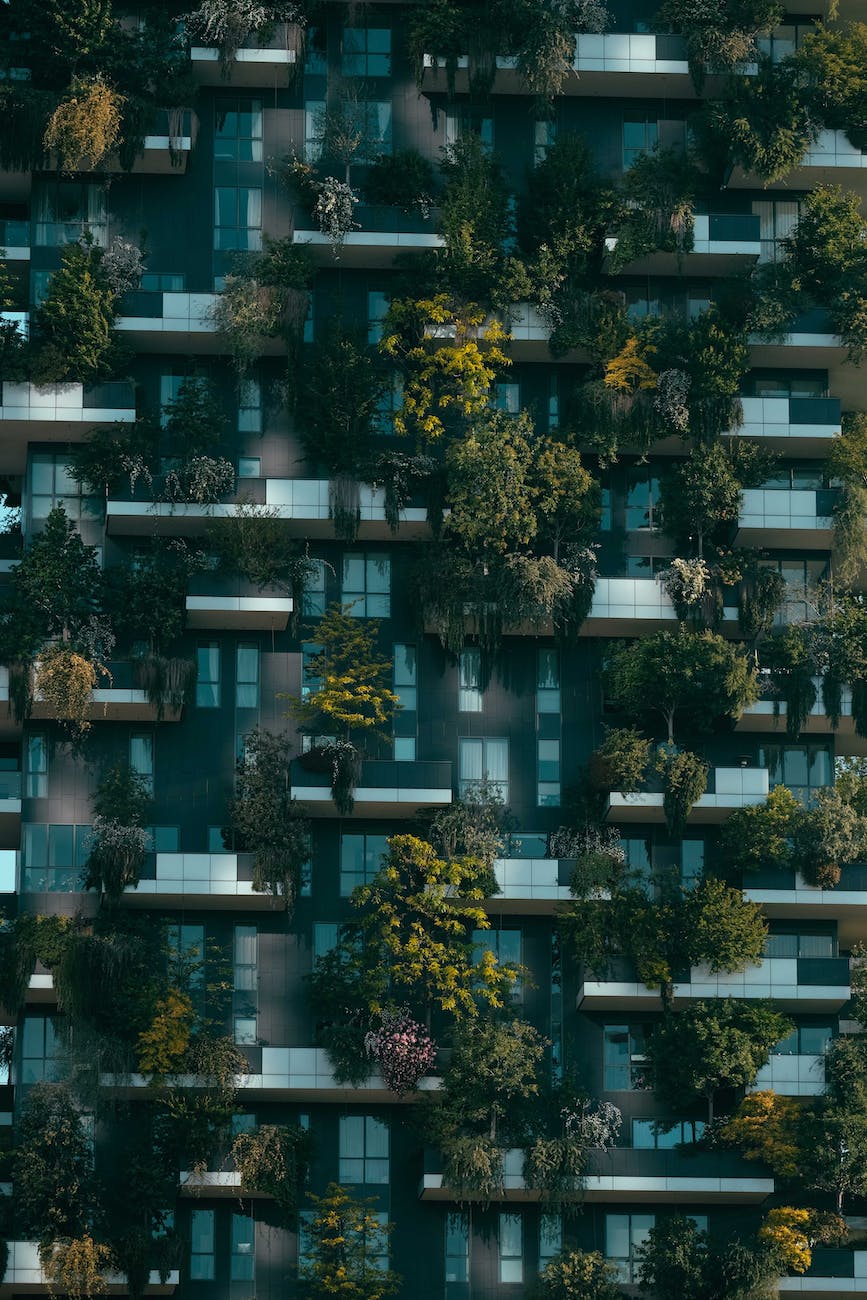Sustainable architecture is a rapidly growing field in the construction industry, with more and more architects and builders recognizing the importance of creating buildings that are not only aesthetically pleasing but also environmentally responsible. With the global population on the rise and finite resources becoming more scarce, it is essential that we adopt sustainable building practices in order to create a more sustainable future for ourselves and future generations.
Table of Contents
ToggleThe Benefits of Sustainable Architecture
One of the key benefits of sustainable architecture is its ability to reduce the carbon footprint of a building. This is achieved by using materials that are sourced locally, reducing the need for transportation and therefore reducing the amount of greenhouse gases that are released into the atmosphere. Additionally, sustainable buildings are often designed to be highly energy efficient, reducing the amount of energy required to heat and cool the building, and thereby reducing the building’s overall carbon footprint.

Another key benefit of sustainable architecture is its ability to improve the health and well-being of its occupants. By using natural light and ventilation, as well as incorporating green spaces, such as balconies and rooftop gardens, sustainable buildings can create a healthier and more comfortable indoor environment. This can lead to improved productivity, reduced absenteeism, and higher levels of employee satisfaction.
The Key Components of Sustainable Architecture
There are several key components that are essential to the creation of a truly sustainable building. One of these is the use of sustainable materials, such as recycled or renewable materials, in the construction process. Another important component is the use of energy-efficient technologies, such as photovoltaic panels or geothermal systems, to reduce the amount of energy required to power the building.
Additionally, sustainable architecture often incorporates the use of green spaces, such as balconies, rooftop gardens, and green roofs. These spaces not only provide a source of fresh air and natural light, but also help to reduce the building’s carbon footprint by improving insulation and helping to reduce the amount of energy required to heat and cool the building.
The Importance of Sustainability in Building Design
Sustainability is becoming increasingly important in all aspects of life, and building design is no exception. By designing buildings that are environmentally responsible, architects and builders can help to create a more sustainable future for ourselves and future generations. Additionally, by creating buildings that are energy-efficient and healthy for their occupants, we can help to reduce the carbon footprint of our communities, reduce the demand for finite resources, and improve the quality of life for everyone.
Sustainable Architecture and the Future of Building Design
As the world continues to evolve and change, it is becoming increasingly clear that sustainable architecture is the future of building design. With the global population on the rise and finite resources becoming more scarce, it is essential that we adopt sustainable building practices in order to create a more sustainable future for ourselves and future generations.
In conclusion, sustainable architecture is a rapidly growing field that offers numerous benefits, including reduced carbon footprint, improved health and well-being, and a more sustainable future for us all. By incorporating key components, such as sustainable materials and energy-efficient technologies, architects and builders can help to create a better future for everyone. So, if you are looking to build a new home, office, or community, be sure to consider sustainable architecture in your design.








1 thought on “Sustainable Architecture: The Future of Building Design”
Pingback: Reducing our Footprint with Sustainable Strategies